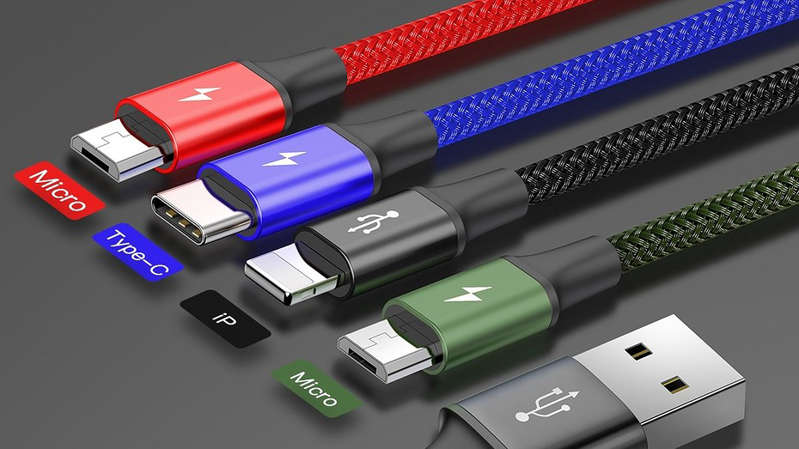Buying a cable for your smartphone at first glance seems like an extremely simple task. Well, it's just a wire, what could go wrong? In fact, everything is much more complicated. An incorrectly chosen cable can not only make it impossible to transfer data between a computer and a smartphone, but also lead to much more serious consequences, such as the failure of your favorite gadget or even a fire in the house. How to avoid mistakes when choosing a cable for your smartphone? Let's figure it out.
Connector type
When choosing a cable, first of all, you should pay attention to the type of connector used in it. Fortunately, there are not so many of them left in modern smartphones. Older models and budget Android smartphones traditionally use a micro-USB connector, while newer models and flagship devices usually have a USB Type-C port.
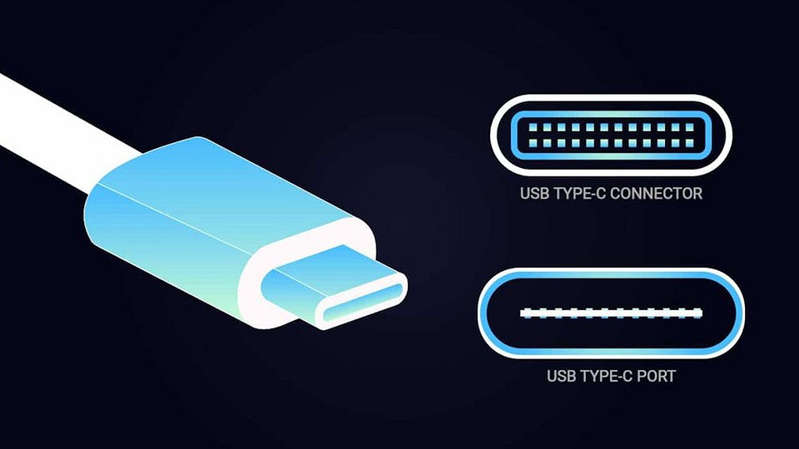
The difference between them is visible to the naked eye: USB Type-C is a 2-sided 24-pin connector that allows you to insert the connector either side, and there are real legends about the main feature of micro-USB – only a select few can insert a cable into it from the first and even from the second time.
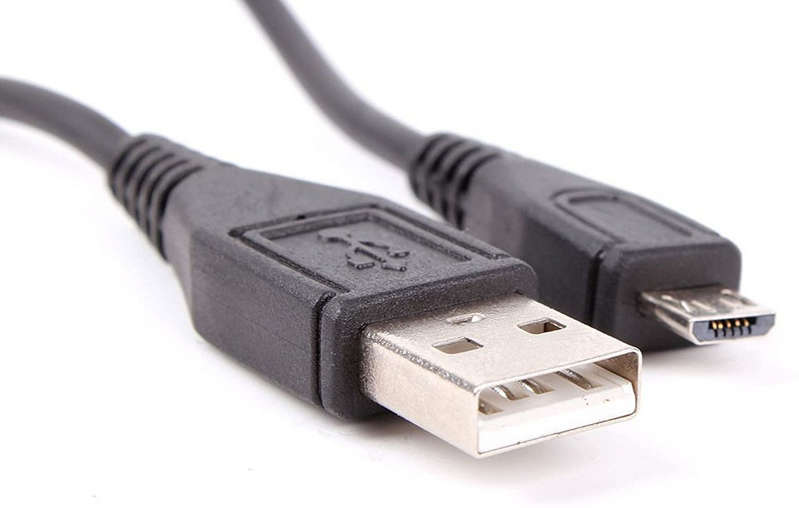
It should be understood that USB Type-C is just a type of the connector itself. Behind this name can be hidden a variety of interfaces, ranging from slow USB 2.0 to USB 3.2 or extremely fast Thunderbolt 3. True, the fact that the cable belongs to the latter type is perfectly understandable for its price – it will definitely not be cheap.
It is even easier for iPhone owners in this regard: all smartphones of the Cupertinians, starting with the iPhone 5, use the Lightning port. And although there have been rumors on the network for more than a year about Apple's imminent transition to Type-C, this has not yet happened. On the one hand, the standardization of connectors always plays into the hands of consumers, and on the other hand, iPhone owners have already accumulated a lot of accessories, and the transition to Type-C can be extremely painful for such people.
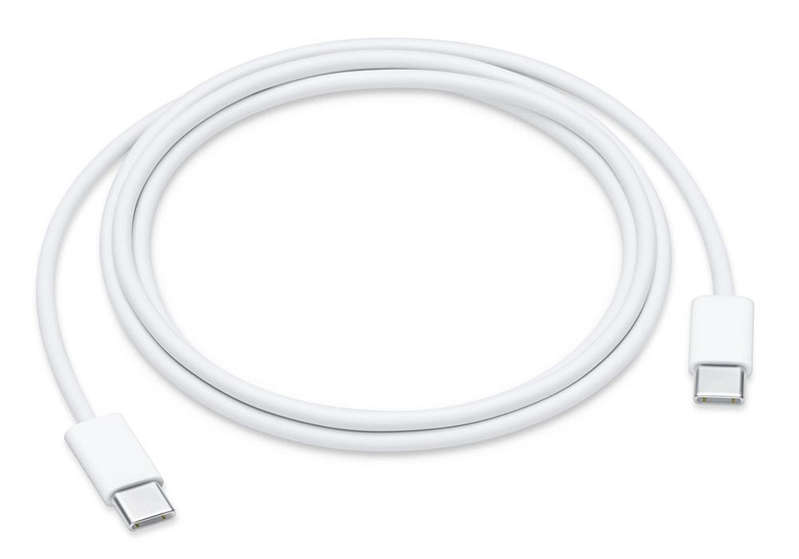
Of course, there are other types of connectors in the world. For example, mini-USB is still actively used in all kinds of technology, but smartphones are no longer among them. There is also a completely exotic 30-pin connector, introduced by Apple at the dawn of the development of the iPhone: it disappeared from the smartphones of Cupertinians just with the release of the iPhone 5.
Now that we have decided on the type of connector, let's figure out which cables are worth buying.
Active and passive cables
Active cables are usually useful when connecting peripheral devices that are far from the computer. For the simple reason that you are unlikely to buy a 15-20 meter cable for your smartphone. But it would be wrong to completely ignore this aspect. Active amplifiers powered by USB are traditionally built into such cables, due to which the signal is amplified, and it ceases to be “lost” at a sufficiently large distance from the source.
As for the passive cable, this is, in fact, a simple cable with two connectors at the ends. Although, for example, the same Lightning has a special microcircuit that tells the smartphone to connect a reliable cable certified according to MFi (Made For iPhone / iPod / iPad) standards.
Cable shape and braid material
By their shape, smartphone cables are divided into two large groups – round and flat. They do not differ in any way from each other in their capabilities, and the whole matter is limited only by the aesthetic side of the issue. Moreover, even the claims of manufacturers that flat cables are less tangled seem very controversial in practice.
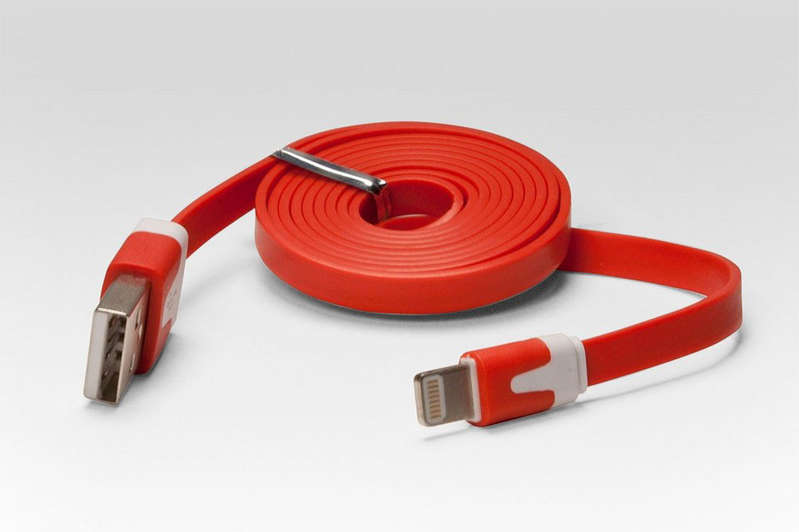
If we talk about the material of the braid, then everything is much more complicated here. For example, fabric-braided cables not only look much more aesthetically pleasing and more expensive. In addition, they are softer, bend better and fray less. Agree, these are good reasons for choosing just such a braid.
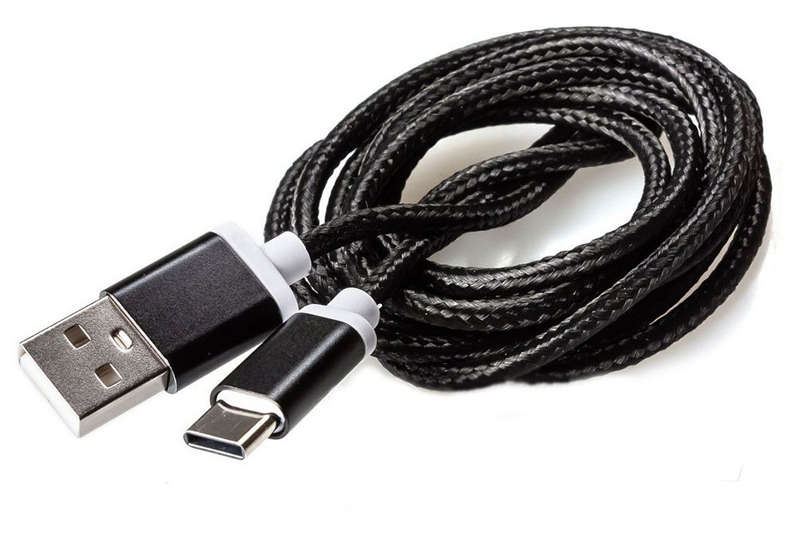
Plastic braid is much less reliable and often bursts after several months of active use, metal braid is corny inconvenient to use due to too great rigidity.
Cable thickness
The most important thing when choosing a cable is its thickness. And this is not at all due to the fact that such a cable looks more solid and corny stronger than a thinner one. Reliable shielding of the cable, the cross-section of its wires and the number of cores used in it are of much greater importance.
The fact is that the thinnest cables, although extremely convenient, contain only two cores (wires) – plus and minus. Such a cable is incapable of transmitting data, it was created only for charging a smartphone. Moreover, the cheapest cables are incapable of even this. Due to their small thickness, they are only designed for very low currents and are definitely not designed for fast charging.
A discrepancy between the conductor cross-section and the current output from the adapter can lead to overheating of the cable, swelling of the smartphone battery, and even its fire. Of course, if the adapter “agrees” to work with such a cable at all.
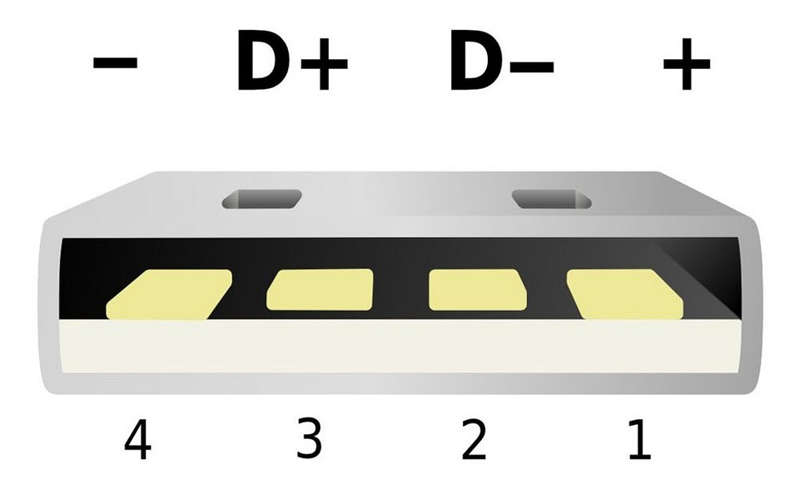
In order for the cable to be able not only to recharge the smartphone, but also to exchange information, it needs at least four cores. Two of them, as we wrote above, will be responsible for recharging, and the other two – for receiving and transmitting data. You can understand that the cable belongs to this category by looking at its description on the manufacturer's website. It is not worth focusing only on the appearance – you will not see how many wires are in the cable, and its thickness is not at all an indicator. It can be considerable for a regular charging cable.
Outcomes
Summarizing all of the above, we note that when choosing a cable, first of all, pay attention to the type of connectors used in it, both from the side of the smartphone and the computer. After all, not every computer has a symmetrical USB Type-C connector, and many of them still rely only on USB.
The ideal option would be a fairly thick but flexible fabric-braided cable. Just be sure to make sure that it is capable of not only charging your smartphone, but also transmitting information. Do not buy USB 2.0 cables – in this case, the data transfer rate will be severely limited. And, of course, do not buy cables longer than 3-5 meters, if they do not carry a signal amplifier.
Read also
- How to crimp an internet cable at home
- How to fix a cable break yourself

